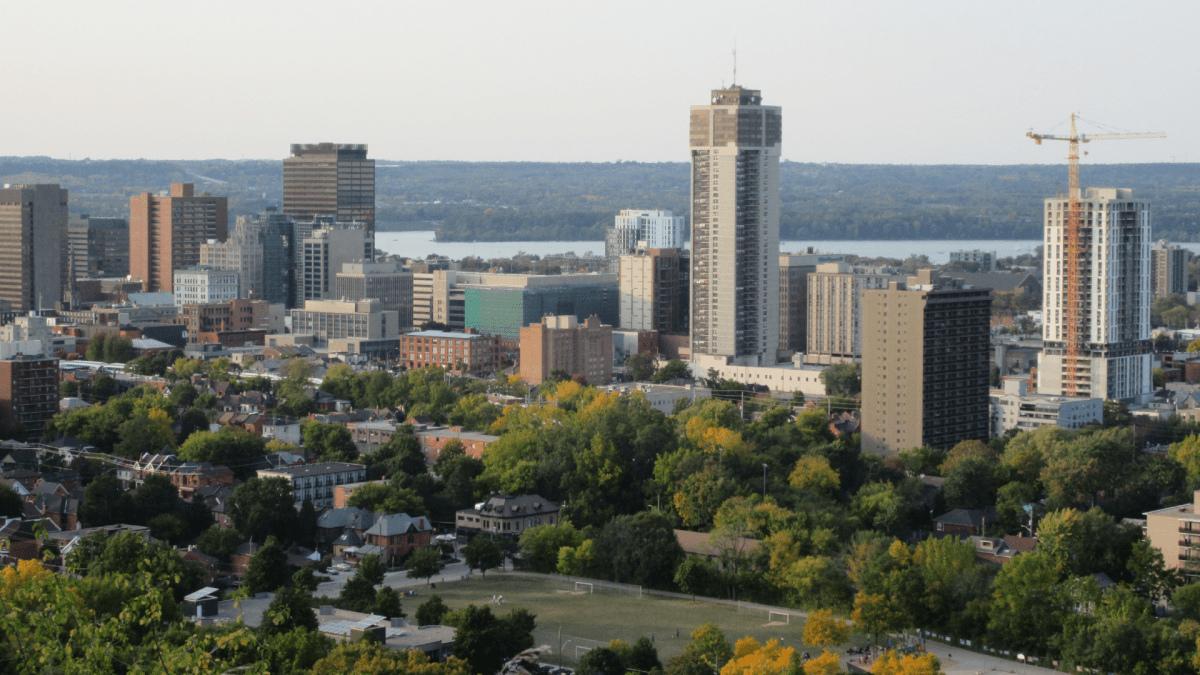The ongoing debate surrounding the proposed expansion of Hamilton’s urban boundary is set to hit the spotlight again this week, and could be the source of more frustration for its opponents and developers who want it.

At the centre of the discussions will be Ontario’s response to the city’s consideration of freezing sprawl, suggesting such a move would bring a “shortage” of housing and not meet the expected market demands for the next three decades.
On Wednesday, city council is expected to address a mid-September letter received from the ministry of municipal affairs and housing that suggests a shortage of 59,300 units based on a July technical report from land economist Antony Lorius.
In the letter, ministry staff reiterated that Ontario municipalities were required to put forward a land needs assessment (LNA) scenario by July 2022 and submit a plan on how they’re going to move forward to accommodate growth.
“The No Urban Boundary Expansion (NUBE) scenario appears to conflict with the objective of the LNA methodology to provide sufficient land to accommodate all market segments so as to avoid shortages,” the province said in tandem with the technical update.
The note goes on to say that low targets might have “broader impacts” on prime agricultural areas in neighbouring municipalities due to demands for growth and that Hamilton is “well suited” for urban expansion considering its existing structures, strategic location and transportation connections.
The letter from the manager of community planning and development Heather Watt also warns that the NUBE poses a risk to the city not meeting a provincial deadline set for the summer of 2022.
West Central Mountain councillor John-Paul Danko shared his frustration with the province through a social media post on the weekend, calling the Ford government’s response “undemocratic” and “unacceptable” considering over 16,000 Hamiltonians said no to a conventional means of expansion in an ongoing city survey.


Get breaking National news
Danko told 900 CHML’s Good Morning Hamilton that he sees the extension as “very expensive single family homes that are built on a former cornfield.”
“And that’s what we’re trying to stop in the city of Hamilton, we’re trying to focus that growth in ways that are more affordable for taxpayers, for the city and to built up and not out,” Danko said.
The Lorius report recommended the addition of 1,340 hectares of farmland to the urban growth area to accommodate a projected population increase of an increase of 238,000 residents by 2051, which would put Hamilton’s population to about 820,000.
Environmentalists and members of the agricultural community voiced their frustration in August, saying the provincial guidelines don’t aid the climate crisis or repurpose land that’s in need of upgrade.
“Look at what’s happening in the world,” Environment Hamilton’s Lynda Lukasik said during a virtual meeting with councillors.
“Wildfires, floods, heat domes — the climate crisis is making itself known in extreme and frightening ways.”
Mike Collins-Williams of the West End Homebuilders Association counters that an urban boundary expansion is needed to address a lack of supply that is pricing home buyers out of the city.
He stressed that “when existing residents are priced out of Hamilton’s community, they drive until they can find housing they can afford, that meets their needs.”
Developers have campaigned for the expansion in recent months through social media and mail-outs urging residents to sign a petition saying the city in fact has a good plan that supports expansion into Stoney Creek and Glanbrook while protecting farmland.
The ‘Hamilton Needs Housing’ petition has been met with disdain from a number of those in support of the Stop Sprawl campaign which alleges the sign-up is funded a group of housing developers with “deep pockets.”
Council has set Oct. 25 as the date for a debate on growth plan options for Hamilton.






Comments